James Montier in his 2007 book Behavioural Investing: A Practitioner’s Guide To Applying Behavioural Finance, details the stages of market bubbles. Because the word “Bubble” gets thrown around all too often, I thought it was necessary to outline the anatomy of an asset price bubble that we can refer back to when we see the overused term being thrown around.
A simple diagrammatic outline of the stages of a bubble is as follows:

Displacement:

n the Displacement stage, there is an exogenous shock which brings opportunity for substantial profit. The best example of this in recent history was the arrival of the internet. The internet boom spurred investment in both financial and physical assets, revolutionized the way a substantial percentage of us conducted business, and overall changed the way we live our lives.
Credit Creation:

The second stage of a bubble is labeled the Credit Creation stage. This stage is characterized by demand outweighing supply causing prices to increase, monetary expansion, the creation of new banks, and the development of more credit instruments. The most obvious signs that we are in a credit creation environment comes from two data points: Margin Debt as a Percentage of Personal Income and Investment as a Percentage of GDP. Taking a look at the charts below, taken from Montier’s analysis of the .COM boom we can see exactly what to expect in a credit creation environment:
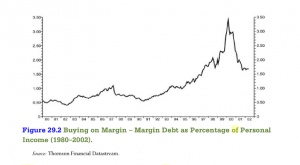
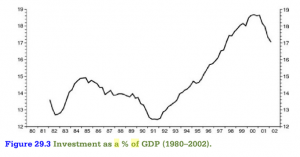
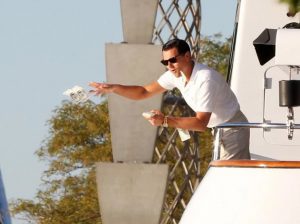
In the Euphoric stage of asset bubbles we see speculation for price increases added to investment. A sense of “ever optimism” comes from analysts, company management, and the financial media. In this environment where “nothing can go wrong” you will see companies levering up and making certain to beat analyst forecasts, even if some creative financial engineering is needed. Liabilities are increasing at a higher rate than in any other stage. Although I wasn’t around this business yet, this was a typical chart of a company with a .com after the name or one which had anything to do with the internet.
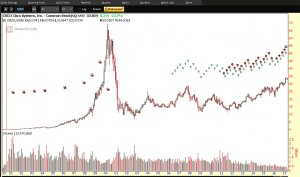
(Cisco went from approx. $20 to $70 in one year)
Critical Stage / Financial Distress:
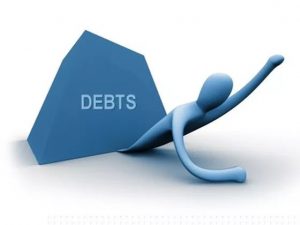
The Critical Stage brings an awareness of a considerable speculation as the Euphoria slowly begins to wear off and reality sets in. We begin to see corporate insiders dumping their stocks to lock in profits before the inevitable fall. It is within this stage that it becomes evident that some firms may not be able to meet their debt obligations, and instances of bank failure and fraud come to light. It is no coincidence that Bernard Madoff was arrested and charged with securities fraud in one of the biggest ponzi schemesin the history of capitalism in 2008. 2008 was the year of the Financial Crisis or what has come to be known as the Great Recession.

Revulsion:
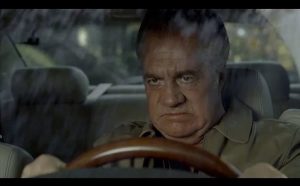
The final stage in the asset bubble cycle is Revulsion. Here, investors have found themselves damaged badly by the recent “bubble pop” and dissociate themselves from the market. They stop looking at their 401k, IRA and brokerage account statements as it pains them to see the damage that has been done. Volumes become low as the masses can’t bring themselves to participate anymore. Towards the end of this stage prices tend to fall to low enough levels as to attract a big buyer looking to capture a value stock. Once the degenerate panic fades and washes most to the sidelines, some of the best opportunities can present themselves.
The above gives us a road map and more objective approach to assessing the current economic environment we are in. Each of the 5 stages has its own set of clues that we can use to easily observe where we are in the cycle.
Jeremy Irons character in the movie “Margin Call” sums it up nicely with respect to bubbles:
So you think we might have put a few people out of business today. That its all for naught. You’ve been doing that everyday for almost forty years Sam. And if this is all for naught then so is everything out there. Its just money; its made up. Pieces of paper with pictures on it so we don’t have to kill each other just to get something to eat. It’s not wrong. And it’s certainly no different today than its ever been. 1637, 1797, 1819, 37, 57, 84, 1901, 07, 29, 1937, 1974, 1987-Jesus, didn’t that fuck up me up good-92, 97, 2000 and whatever we want to call this. It’s all just the same thing over and over; we can’t help ourselves. And you and I can’t control it, or stop it, or even slow it. Or even ever-so-slightly alter it. We just react. And we make a lot money if we get it right. And we get left by the side of the side of the road if we get it wrong. And there have always been and there always will be the same percentage of winners and losers. Happy foxes and sad sacks. Fat cats and starving dogs in this world. Yeah, there may be more of us today than there’s ever been. But the percentages-they stay exactly the same.”
